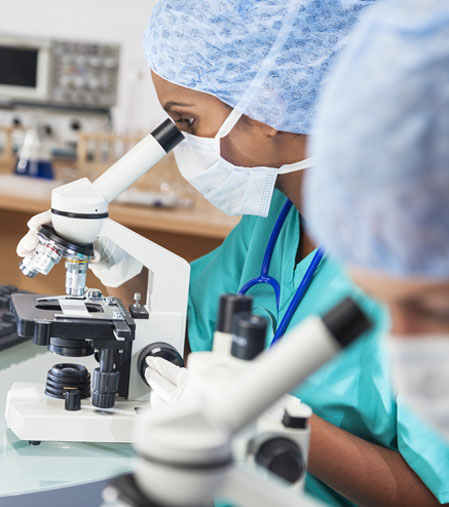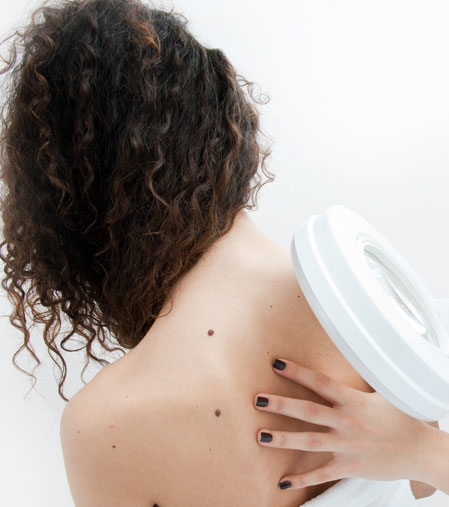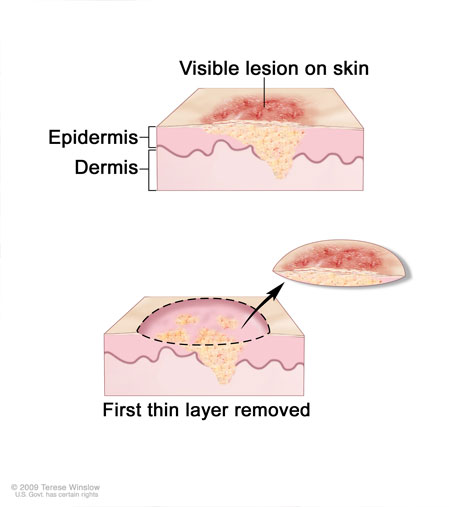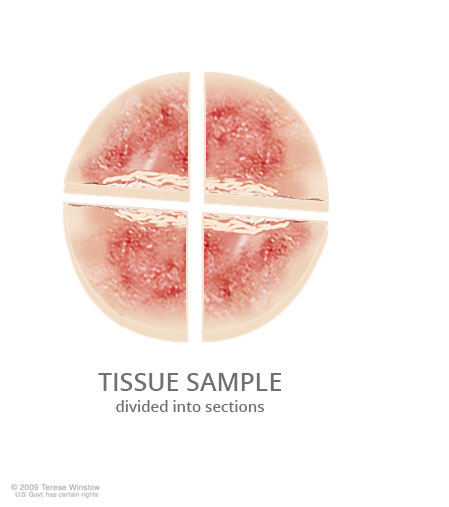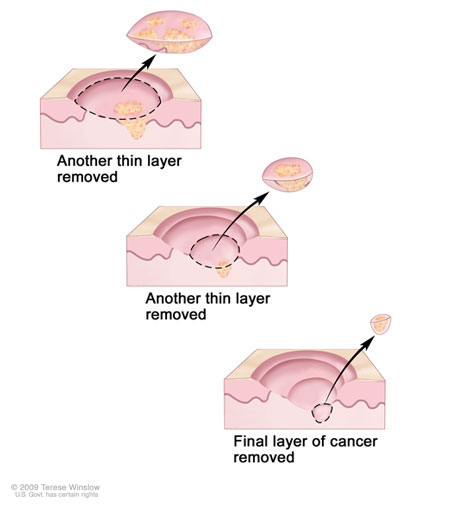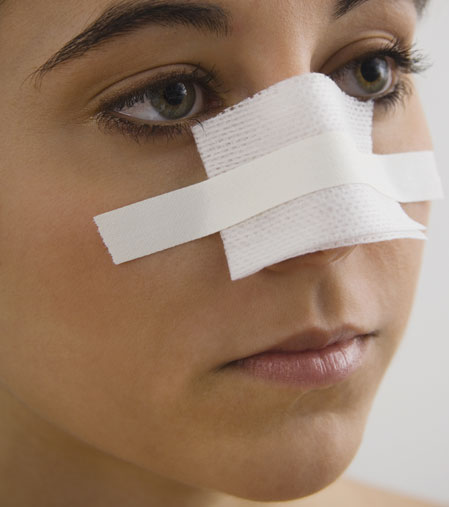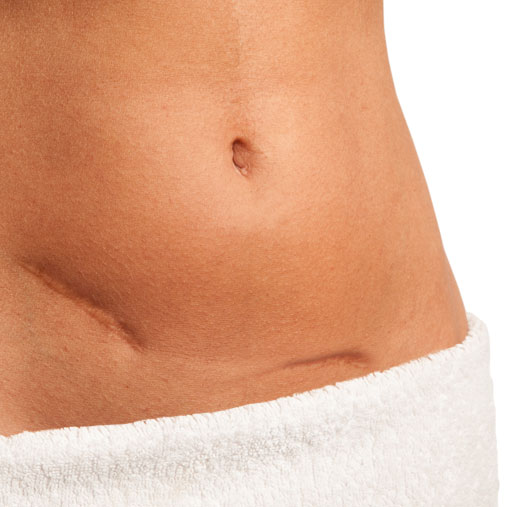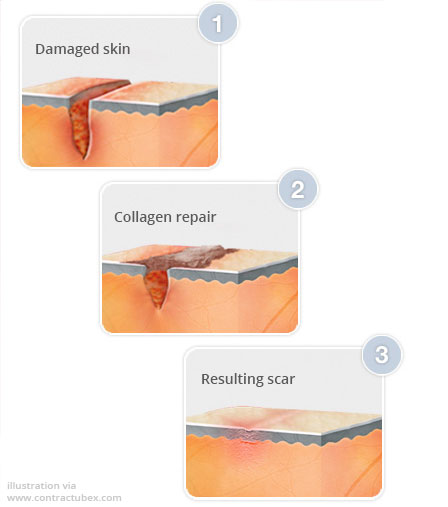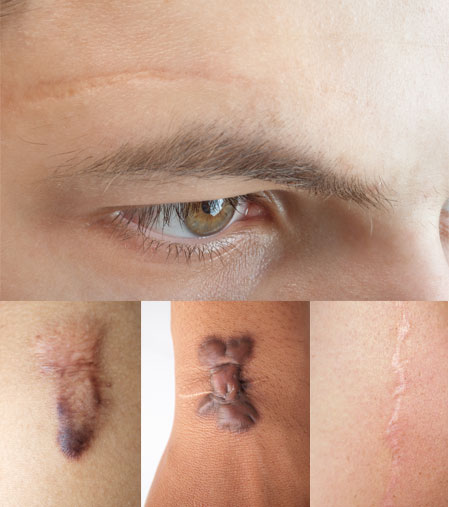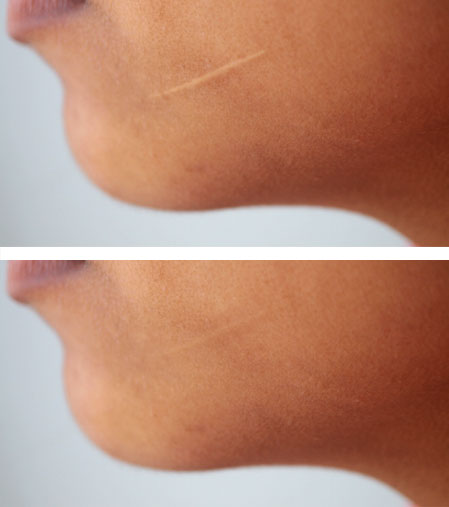Surgical Dermatology
Schedule Your Consultation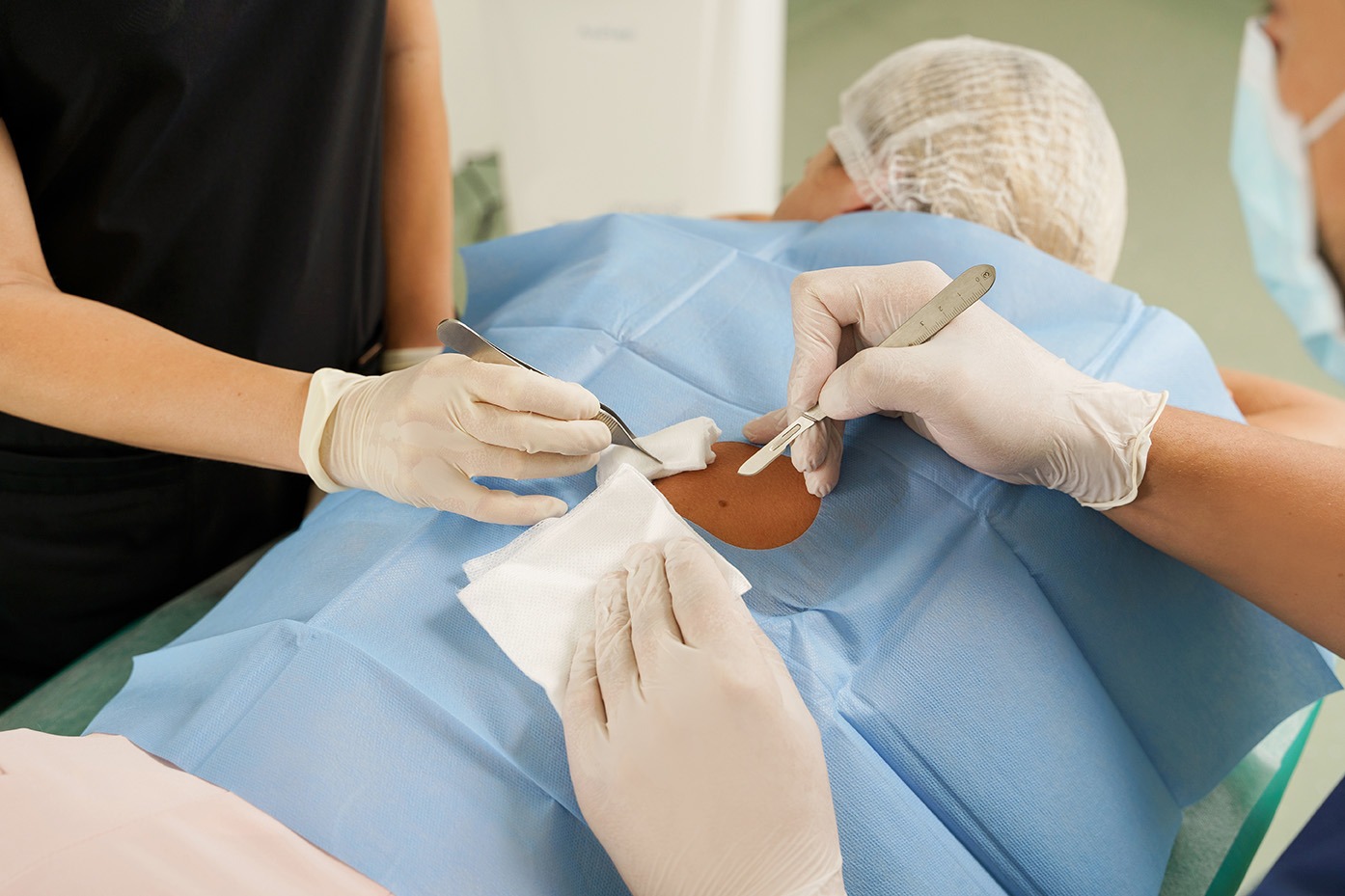 When it comes to your skin, expert surgical care matters. At Clarus Dermatology, our team specializes in surgical dermatology, providing precise, effective treatment for skin cancers, abnormal growths, and visible scars.
When it comes to your skin, expert surgical care matters. At Clarus Dermatology, our team specializes in surgical dermatology, providing precise, effective treatment for skin cancers, abnormal growths, and visible scars.
Whether your concern is medical or cosmetic, we use advanced techniques to restore both skin health and appearance. We perform most procedures in-office with minimal downtime, always focusing on your comfort and long-term outcome.
What is Surgical Dermatology?
Surgical dermatology is a specialized branch of dermatologic care that focuses on the diagnosis and treatment of skin conditions requiring physical removal or repair. It encompasses procedures ranging from skin cancer removal to cosmetic scar revision. Many treatments are minimally invasive and performed under local anesthesia, often requiring only a brief visit.
What sets surgical dermatology apart is its dual focus: treating underlying conditions while preserving or even improving the look and feel of your skin. At Clarus Dermatology, we take a patient-centered approach to ensure every procedure is both medically sound and aesthetically mindful.
Conditions Treated with Surgical Dermatology
Our surgical dermatological services address a wide range of conditions, including:
- Skin cancers (basal cell carcinoma, squamous cell carcinoma, melanoma)
- Suspicious moles or changing pigmented lesions
- Cysts and lipomas (benign fatty growths)
- Warts and keratoses (rough, raised growths)
- Keloid and hypertrophic scars
- Acne and traumatic scars
We’re here to help you navigate your options with clarity and confidence, whether you’re managing a health concern or seeking to improve skin te
Our Surgical Dermatology Services
At Clarus Dermatology, we offer a full spectrum of surgical services tailored to each person’s diagnosis and skin type. The primary procedures we perform include:
Mohs Surgery
Mohs micrographic surgery is considered the gold standard for removing certain types of skin cancer, especially in cosmetically sensitive areas such as the face, neck, and hands. This technique involves removing cancerous tissue layer by layer and examining each under a microscope until no abnormal cells remain.
What makes Mohs unique is its exceptional precision and high cure rate: it eliminates only cancerous tissue, sparing as much healthy skin as possible. Most Mohs procedures are completed in one visit under local anesthesia, with on-site pathology allowing for same-day results and reconstruction, if needed.
Excision of Skin Lesions
Surgical excision is a versatile and widely used method to remove skin lesions, both benign and malignant. A margin of healthy tissue is taken to ensure complete removal, and the excised sample is sent to a lab for analysis.
This procedure is frequently used for melanoma, atypical moles, cysts, and lipomas. Sutures often close the wound, and follow-up appointments help monitor healing and review pathology results. While some scarring is normal, we use techniques to keep it as minimal as possible.
Cryosurgery
Cryosurgery uses controlled freezing, typically with liquid nitrogen, to destroy abnormal skin cells. It’s a fast, low-discomfort treatment ideal for non-cancerous lesions such as actinic keratoses, warts, and seborrheic keratoses.
Since no cutting or sutures are involved, recovery is usually brief. The treated area may blister or peel before healing fully, leaving smoother, healthier skin behind.
Electrosurgery
Electrosurgery involves the use of targeted electrical current to remove superficial skin lesions. It’s commonly used to treat skin tags, sebaceous hyperplasia, and early-stage squamous cell carcinoma.
The electrical energy precisely vaporizes the tissue with minimal bleeding. Often, it is paired with curettage (scraping) to ensure thorough removal. It’s a quick, effective option that typically requires little recovery time.
Scar Revision Surgery
Not all scars fade on their own. Whether from acne, surgery, or injury, visible scars can affect your confidence. Scar revision surgery includes a range of options, from minor excisions to advanced laser and injectable therapies, to reduce the appearance and improve the texture of scar tissue.
We treat a variety of scars, including keloids, hypertrophic scars, and pitted acne scars. We use various techniques, including excision, subcision, microneedling, fillers, and fractional laser resurfacing. The goal is to help your skin look and feel more even, smooth, and natural.
What to Expect Before, During, and After Surgery
At Clarus Dermatology, your care journey begins with a thorough consultation. We’ll examine the area of concern, provide a diagnosis or biopsy if needed, and recommend the most appropriate treatment. You’ll receive a clear explanation of the procedure, recovery time, and expected results.
On the day of the procedure, most surgeries are performed in the office using local anesthesia. You’ll be awake but comfortable, and in most cases, the treatment takes under an hour. Aftercare instructions will be provided, including how to clean and protect the area, when to return for follow-up, and what to expect as the skin heals.
Recovery can range from a few days to a couple of weeks, depending on the procedure. We take every precaution to minimize scarring and support optimal healing.
Frequently Asked Questions
Sometimes, procedures will result in a scar. However, we use advanced methods, including specific closure and healing techniques, to minimize its appearance.
If the procedure is deemed medically necessary, like a skin cancer or suspicious lesion procedure, it’s likely to be covered under insurance. Cosmetic treatments generally fall outside coverage. We’ll help you understand your coverage before your procedure.
We’ll recommend the best approach based on what we find during your consultation. This will depend on the condition being treated, your skin type, and your preferences.
Cryosurgery uses cold to destroy tissues without cutting. Excision, on the other hand, involves surgically removing tissue. It’s usually used for deeper or cancerous lesions.
Schedule a Surgical Dermatology Consultation
If you’ve noticed a new or changing spot on your skin, want to remove a bothersome lesion, or are ready to improve the look of a scar, Clarus Dermatology is here to help. Our experienced providers offer timely access to care, advanced surgical treatment, and supportive guidance every step of the way.
Contact us today to schedule your surgical dermatology consultation—and take the first step toward healthier, more confident skin.
